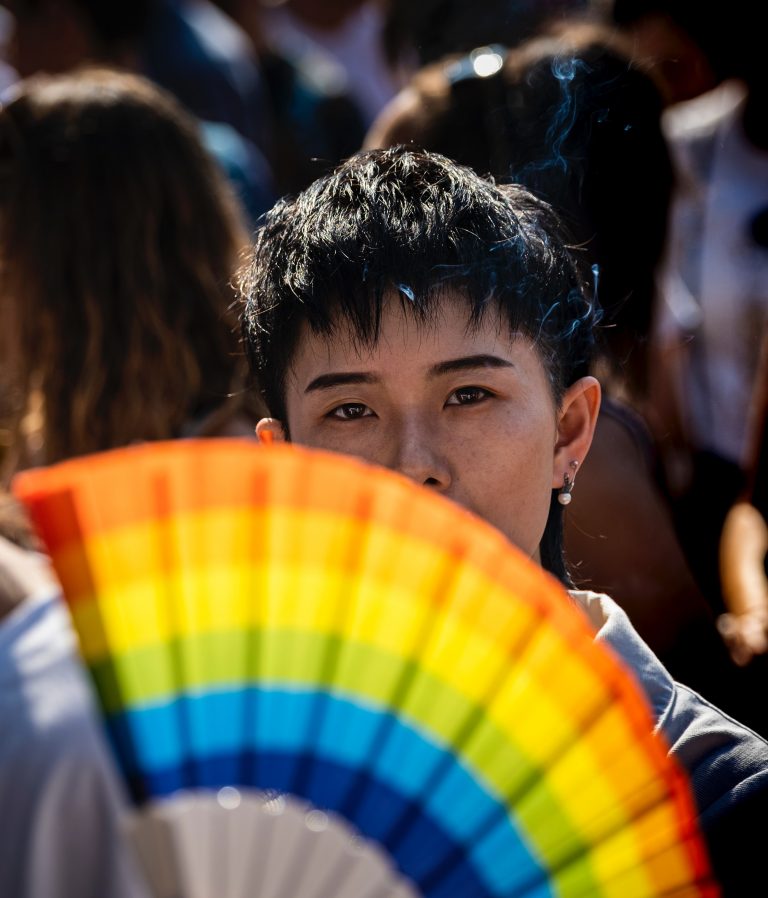How Represented are Asian Americans in the U.S. Publishing Industry?
Recent monumental social events such as the Stop AAPI Hate movement and the latest Marvel blockbuster movie, Shang-Chi and the Legend of the Ten Rings, have stirred up conversations about diversity, equity, and inclusion across all industries, including Asian American representation in the publishing industry.
Why is diversity in the publishing industry important?
Echoing an article we previously published, the most recent Diversity Baseline Survey by Lee & Low Books indicated that overall, 75% of the publishing industry is white, 75% identify as a cis woman, 82% identify as straight, and 89% identify as non-disabled.
That means only 25% of the publishing industry is non-white, with 7% identifying as Asian American and affiliated, 25% identifying as something other than cis woman, 18% identifying as non-straight, and 11% as disabled.
Representation in publishing is important because if most people reviewing, editing, marketing, and selling the books are white, cis woman, straight, and non-disabled, they may not understand other identities and cultural nuances. They may also intentionally or unintentionally keep other voices from being heard.
From the #OwnVoices and the #WeNeedDiverseBooks movement, there has been an overwhelming clamor for greater diversity and inclusion in the publishing industry. Empowering authors of diverse backgrounds is essential so others who identify with them have individuals to respect and model.
Also, fiction has an incredible influence on shaping cultural understanding of identity, gives us insight into different cultural backgrounds, and helps us empathize with others unlike ourselves.
How do Asian American authors compare to other minority authors?
While the diversity of authors from major publishing houses has increased in the past couple of years, white authors continue to dominate the numbers.
Penguin Random House surveyed the diversity of its contributors and found that the demographics of its authors, illustrators, translators, and other creators “do not reflect U.S. reader demographics when it comes to race and ethnicity.”
As you can see from the graph above, while white people account for 60% of the population, they released 76% of the books during the 2019-2021 period, significantly more represented than their minority counterparts.
Latinx people make up 18.5% of the U.S. population but account for only 5.1% of books published. Similarly, Black people make up 12.2% of the population while accounting for only 6.1% of published books.
On the contrary, Asian American contributors constituted 6.9% of all creatives, slightly greater than the 5.6% of the general population that Asian Americans comprise.
How can Asian American Representation in the U.S. Publishing Industry be Improved?
Publishing houses are vital in improving Asian American representation and other minority groups. The first step in making change happen is for publishing houses to recognize a need to address diversity and inclusion in their staffing. You can read more statistics in a previous Balance Now article here.
A report published by Watson found that interns are more diverse than literary agents, executives, and other roles within the publishing industry. In a different study, Watson found marginal differences in the percentage of newly hired Black, Asian, or Hispanic employees at Penguin Random House over the past couple of years.
As you can see from the table below, while there was an almost 10% increase in new Black employee hires between 2019 and 2020, there has been a steady decrease over the last two years. The percentage of new hires in 2022, 9.8%, is comparable to that of 2018 at 7.3%. Furthermore, the rate of new Asian American employee hires has fluctuated over the years, but the percentage of new hires in 2022, 11.8%, is comparable to that of 2017 at 11.7%.
You can take the initiative and promote more inclusion in many different ways. As a parent and educator, you can expose your children to books with protagonists of varying skin colors and backgrounds.
Schools and organizations are responsible for purchasing books from authors of different backgrounds and bringing them in for book readings. Publishing companies also have the responsibility of hiring diverse individuals for their staff.
Retailers should also consider displaying books by genre and theme rather than by the race or ethnicity of the authors. By doing the latter, the retailer may be indirectly sending a message that these books by a non-White author are different from other books by White authors.




